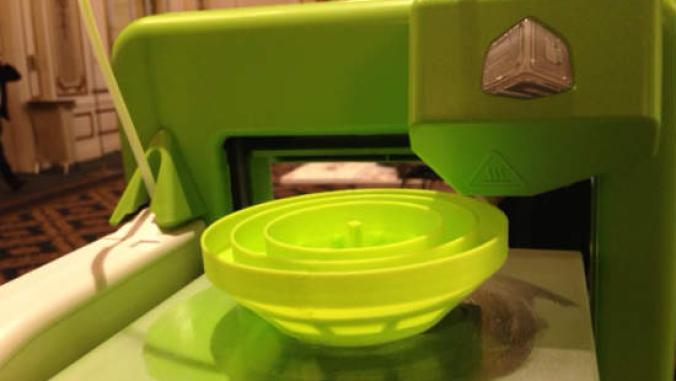GreenBlue Offers Tips on Designing Recyclability Into Packaging
<p>Advice for designers, from recyclers and composters, on how to keep packaging out of landfill.</p>

Can images CC-licensed by DaveBleasdale/Flickr
The smallest packaging choices can sometimes have detrimental effects on recycling, and those choices are often made by people most removed from the end of life of packaging.
To give designers a better idea of how mixed materials, labels, dyes and other packaging additions affect composting and recycling, nonprofit GreenBlue has developed a set of design guides.
"Part of the problem is that there is no way for packaging designers and recyclers to communicate and talk about packaging that might be great for recycling or might actually be an impediment," said Liz Shoch, project manager for GreenBlue's Closing the Loop project. "There is no collected guidance in one place."
The new Design for Recovery Guidelines cover aluminum, steel, glass and paper. They were inspired by the Association of Postconsumer Plastic Recyclers' Design for Recyclability Guidelines, which cover similar considerations for plastic packaging.
GreenBlue's guides speak to typical recycling and composting setups in the U.S., based on interviews and tours at paper mills, sorting facilities, reprocessors and others in the waste and recovery chain.
In some cases, designers can have little effect, no matter what they do, on the recyclability of materials.
"There is not a whole lot designers can do to make steel packaging not recyclable," Shoch said. Since steel is reprocessed at such high temperatures, any possible contaminants burns up.
"For paper, there is a whole lot more design influence that can impede recyclability," Shoch said. Adhesives, inks, coatings, additives and more can all have varying effects on how well paper gets recycled, if at all.
And some cases that might seem like potential problems don't cause real recycling hinderances, but have other effects. Bi-metal cans, for instance, are made with aluminum and steel. In sorting facilities they always end up with the rest of the steel, since steel is separated with magnets. While the addition of aluminum doesn't cause any problems for the steel it gets mixed with, it does mean that some aluminum is lost out of the aluminum recycling steam.
Shoch noted that some groups have made moves in recent year to enhance recycling through material changes or infrastructure improvements.
The Carton Council has made a big push to increase the collection of aseptic cartons -- made with layers of paper, plastic and aluminum -- and also find paper mills or other recyclers that will take them.
And on the packaging side, the Fiber Box Association has promoted waxless coatings for corrugated boxes. Wax is used primarily on boxes for refrigerated foods, but can muck up recycling equipment and make boxes unrecyclable.
Can images CC-licensed by DaveBleasdale/Flickr





